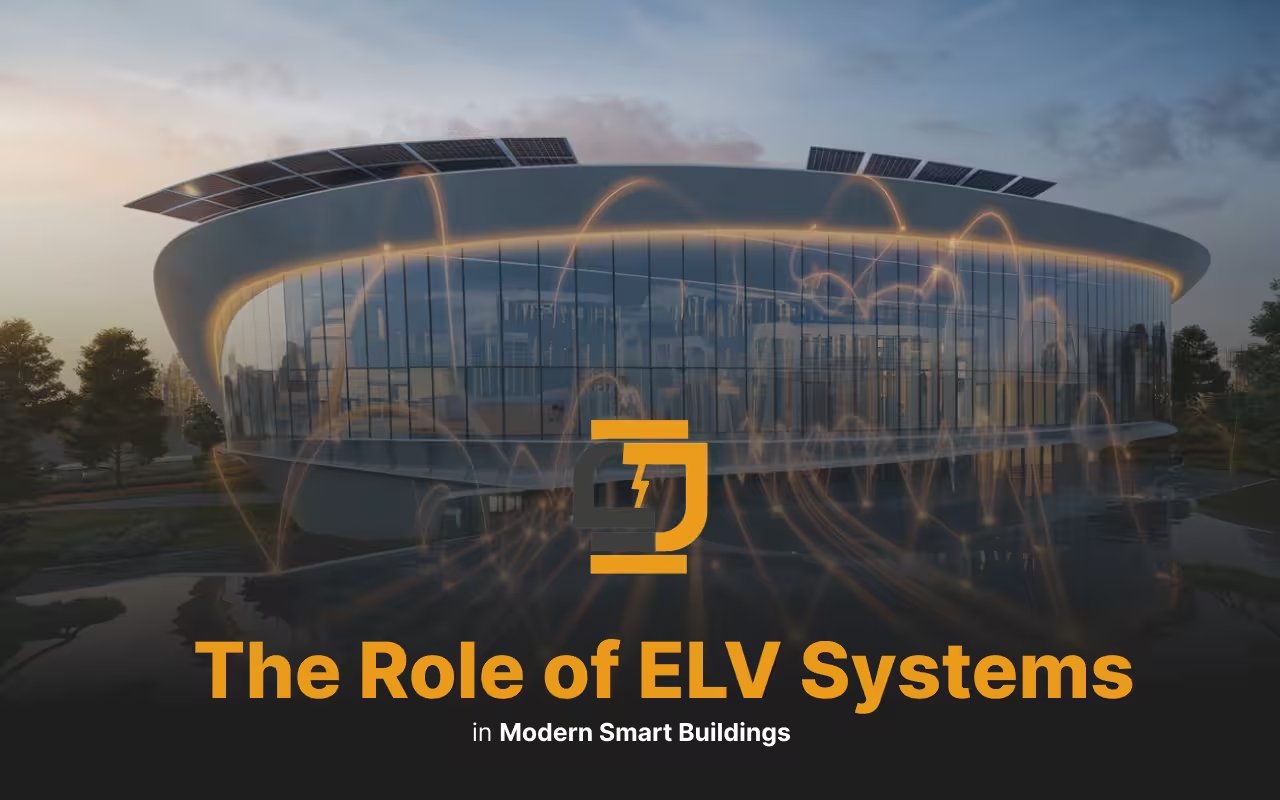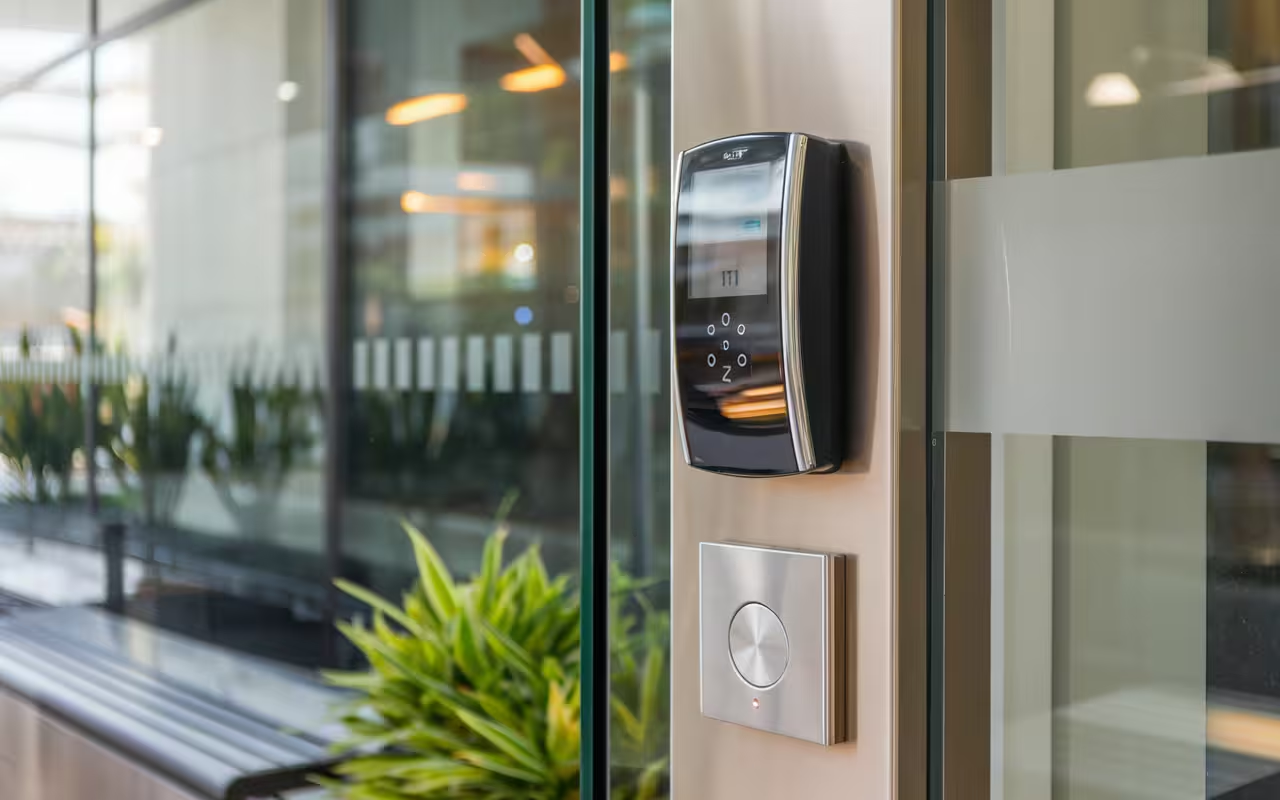In today’s rapidly evolving technological landscape, the demand for intelligent and efficient building solutions has never been higher. At the heart of these innovations lies Extra Low Voltage ELV systems, which play a pivotal role in enhancing safety, communication, and automation within various infrastructures. This article delves into the fundamentals of ELV systems, their key components, and their significance in modern buildings.

What Are ELV Systems?
Extra Low Voltage (ELV) systems refer to electrical networks that operate at voltages significantly lower than standard power systems, typically below 50 volts AC or 120 volts DC. These systems are designed to support a range of applications without posing the high risks associated with higher voltage systems. Common applications of ELV systems include:
- Fire Detection and Alarm Systems: Ensuring early detection of fire hazards to protect life and property.
- Closed-Circuit Television (CCTV) Systems: Providing surveillance and enhancing security measures.
- Access Control Systems: Managing and restricting entry to authorized personnel only.
- Public Address Systems: Facilitating effective communication across various areas within a facility.
- Telecommunication Networks: Enabling robust and reliable communication channels.
- Building Management Systems (BMS): Integrating and automating various building services for improved efficiency.
Key Components of ELV Systems
- Fire Detection and Alarm Systems
These systems are crucial for the early detection of fire incidents, enabling prompt evacuation and response. They typically include smoke detectors, heat detectors, manual call points, and alarm sounders. Integration with other ELV systems ensures coordinated actions during emergencies, such as unlocking access-controlled doors and activating public address announcements. - Closed-Circuit Television (CCTV) SystemsCCTV systems enhance security by monitoring and recording activities within and around a building. Modern systems offer high-definition video capture, night vision, and remote monitoring capabilities. They serve as a deterrent to potential intruders and provide valuable footage for incident analysis.
- Access Control SystemsAccess control systems regulate who can enter specific areas within a building, enhancing security and protecting sensitive information or assets. Methods include keycards, biometric scanners, and keypad entry systems. Integration with other ELV systems allows for real-time monitoring and response to unauthorized access attempts.
- Public Address SystemsPublic address systems are essential for disseminating information quickly and clearly throughout a building. They are used for routine announcements, emergency notifications, and background music. Integration with fire alarm systems ensures automated alerts during emergencies, guiding occupants safely.
- Building Management Systems (BMS)A BMS integrates various building services—such as HVAC, lighting, and security systems—into a unified platform for centralized monitoring and control. This integration enhances operational efficiency, reduces energy consumption, and allows for proactive maintenance by monitoring system performance in real-time.
Importance of ELV Systems in Modern Infrastructure
The integration of ELV systems into building infrastructure offers numerous benefits:
1. Enhanced Safety and Security
ELV systems such as fire alarms, CCTV, and access control are crucial in monitoring and protecting the premises. They provide real-time surveillance and immediate response mechanisms to potential threats.

2. Improved Communication
Public address and telecommunication systems ensure seamless communication within the building, which is vital for daily operations and emergency situations.

3. Energy Efficiency
Building Management Systems (BMS) monitor and control energy consumption, leading to optimized usage and reduced operational costs.

4. Operational Convenience
Automation of various building functions through ELV systems simplifies management and enhances the comfort of occupants.

Benefits of Implementing ELV Systems
- Enhanced Safety and Security
- Integrated Security Solutions: ELV systems encompass a range of security measures, including CCTV surveillance, access control, and intrusion detection. These integrated solutions deter unauthorized access and provide real-time monitoring to protect occupants and assets. scs.me
- Emergency Response: Advanced fire alarm systems and emergency lighting within ELV frameworks ensure prompt detection and response to hazards, facilitating safe evacuations and minimizing potential damage. cyberspace.website2.me
- Improved Energy Efficiency
- Automated Building Management: ELV systems enable automation of lighting, HVAC, and other building services, optimizing energy consumption by adjusting operations based on occupancy and environmental conditions. ektech.com.my
- Sustainable Practices: By operating at lower voltages, ELV systems inherently consume less power, contributing to reduced energy bills and a smaller carbon footprint. caticx.com
- Cost Savings
- Reduced Installation and Maintenance Costs: The use of ELV systems often requires less complex infrastructure and fewer raw materials, leading to lower installation expenses. Additionally, their reliability and remote management capabilities decrease maintenance costs over time. scs.me
- Long-Term Financial Benefits: Investing in ELV technology can result in significant returns through energy savings, decreased operational costs, and enhanced property value. blog.unilakes.com
- Centralized Control and Management
- Streamlined Operations: ELV systems allow for the integration of various building functions—such as security, communication, and environmental controls—into a single, centralized platform. This consolidation simplifies management and enhances operational efficiency. caticx.com
- Real-Time Monitoring: Facility managers can monitor and adjust building systems in real-time, leading to proactive maintenance and swift response to any issues that arise.
- Scalability and Flexibility
- Adaptable Infrastructure: ELV systems are designed with scalability in mind, making it easier to upgrade or expand as building needs evolve or as new technologies emerge. caticx.com
- Future-Proofing Investments: The flexibility of ELV systems ensures that buildings can adapt to technological advancements without requiring extensive overhauls, protecting the initial investment.
- Enhanced Communication and Connectivity
- Robust Communication Networks: ELV systems support advanced communication infrastructures, including intercoms, public address systems, and data networks, ensuring seamless connectivity within the building. ektech.com.my
- Improved Collaboration: Enhanced communication systems facilitate better collaboration and information sharing among occupants, contributing to increased productivity and a cohesive environment.
- Increased Property Value
- Market Appeal: Buildings equipped with advanced ELV systems are more attractive to potential buyers or tenants, as they offer modern amenities, improved safety, and operational efficiency.
- Competitive Advantage: Implementing ELV technology can set a property apart in the real estate market, potentially leading to higher occupancy rates and rental income.
Incorporating ELV systems into building design and operations not only addresses current demands for safety and efficiency but also positions the infrastructure to adapt to future technological advancements, ensuring long-term value and performance.
Conclusion
ELV systems are indispensable in modern building infrastructure, offering a range of benefits from enhanced security to improved energy efficiency. By thoughtfully implementing these systems, buildings can achieve higher operational standards, ensuring safety, comfort, and sustainability for all occupants.
At Yogesh ELV Solutions, we specialize in delivering state-of-the-art Extra Low Voltage (ELV) systems that enhance the safety, efficiency, and intelligence of your building infrastructure. Our comprehensive services include design, supply, installation, testing, and commissioning of a wide range of ELV systems, such as fire detection and alarm systems, CCTV surveillance, access control, public address systems, and integrated building management systems. With over 15 years of industry experience, our team is dedicated to providing customized solutions that meet your unique requirements, ensuring seamless integration and optimal performance. Partner with us to transform your space into a smart, secure, and future-ready environment.
Frequently Asked Questions (FAQs):
Q1: What does ELV stand for?
ELV stands for Extra Low Voltage, referring to systems operating at voltages lower than standard electrical systems, typically below 50 volts AC or 120 volts DC.
Q2: Why are ELV systems important in buildings?
ELV systems enhance safety, security, communication, and energy efficiency, contributing to the overall functionality and sustainability of modern buildings.
Q3: Can ELV systems be integrated into existing infrastructures?
Yes, ELV systems are designed to be flexible and can often be integrated into existing building infrastructures with proper planning and assessment.
Q4: What are some common components of ELV systems?
Common components include fire detection and alarm systems, CCTV surveillance, access control systems, public address systems, telecommunication networks, and building management systems.
